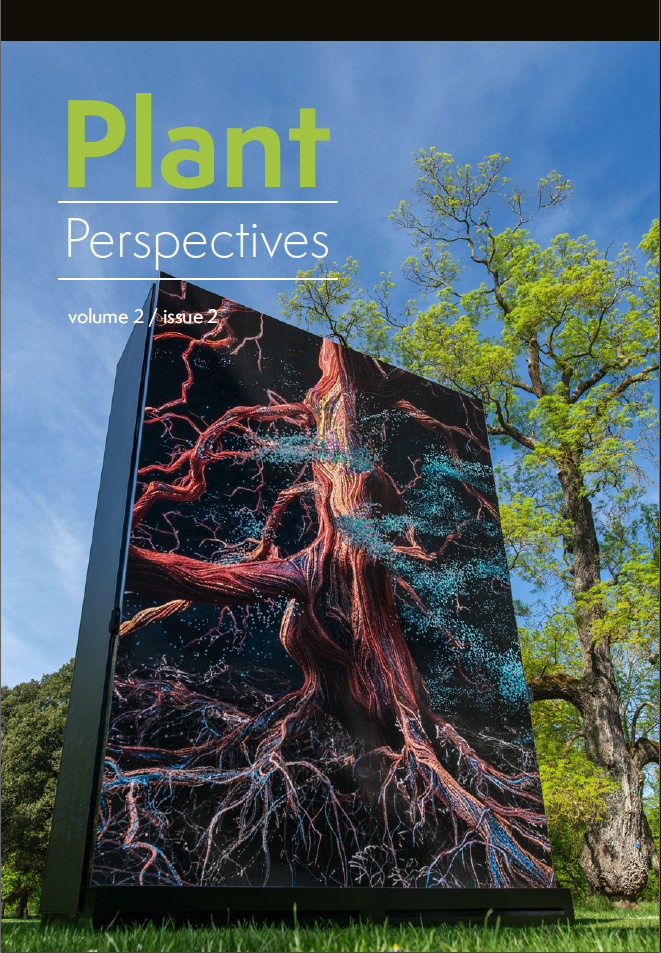Published 2025-09-29
Keywords
- Jamaica,
- botanic gardens,
- colonial botany,
- ackee
How to Cite
Copyright (c) 2025 Heather Craddock

This work is licensed under a Creative Commons Attribution 4.0 International License.
Abstract
On a monument to the people enslaved on the grounds of the University of the West Indies campus in Kingston, Jamaica, groves of ackee trees are acknowledged as ‘botanical markers’ of former slave villages. This use of the ackee as a long-term memorial of enslavement exemplifies the role of trees as sites of cultural memory and demonstrates how ackee became the principal botanical symbol of Jamaican identity. However, there is scarcely any material about ackee in the archives of the Royal Botanic Gardens, Kew, particularly in the Miscellaneous Reports, a collection of archival material about economic botany in the British empire. This article argues that this absence is the result of ackee’s long association with resistance to colonial exploitation, as a tree bearing a potentially poisonous fruit, growing beyond the colonial spaces of the plantation and botanical garden.

